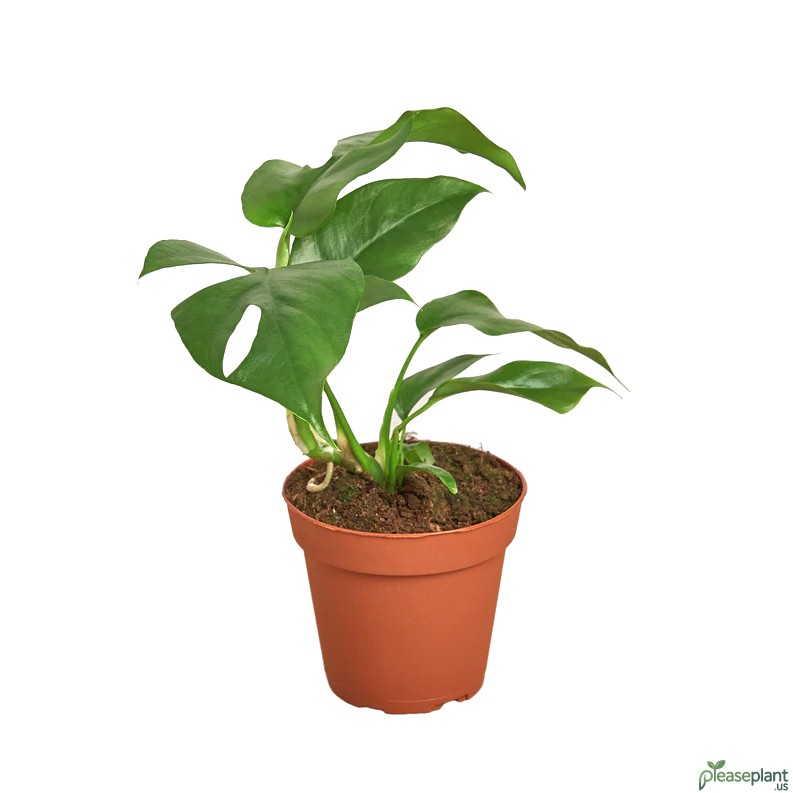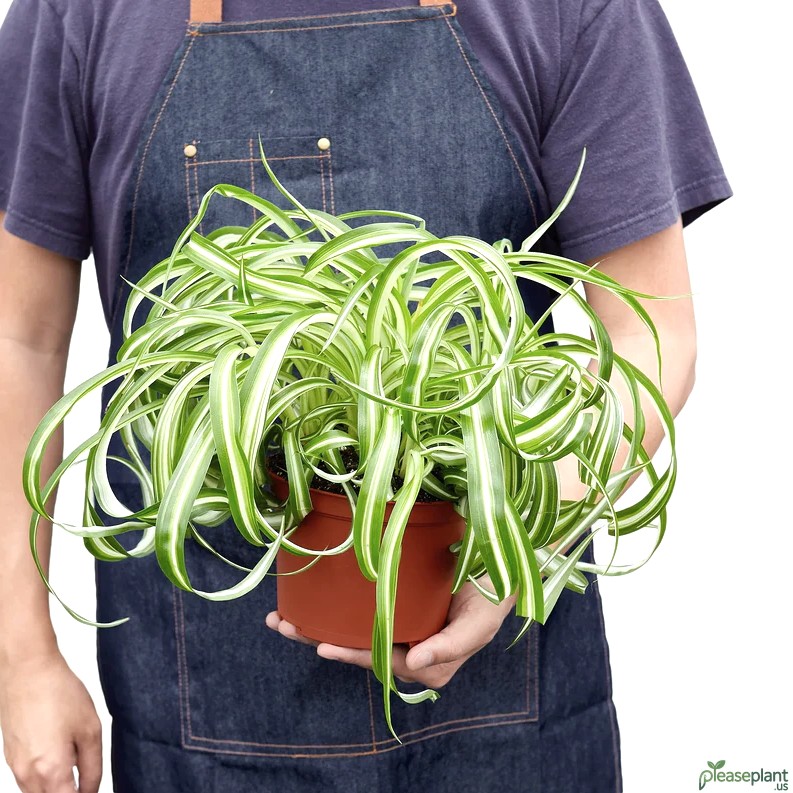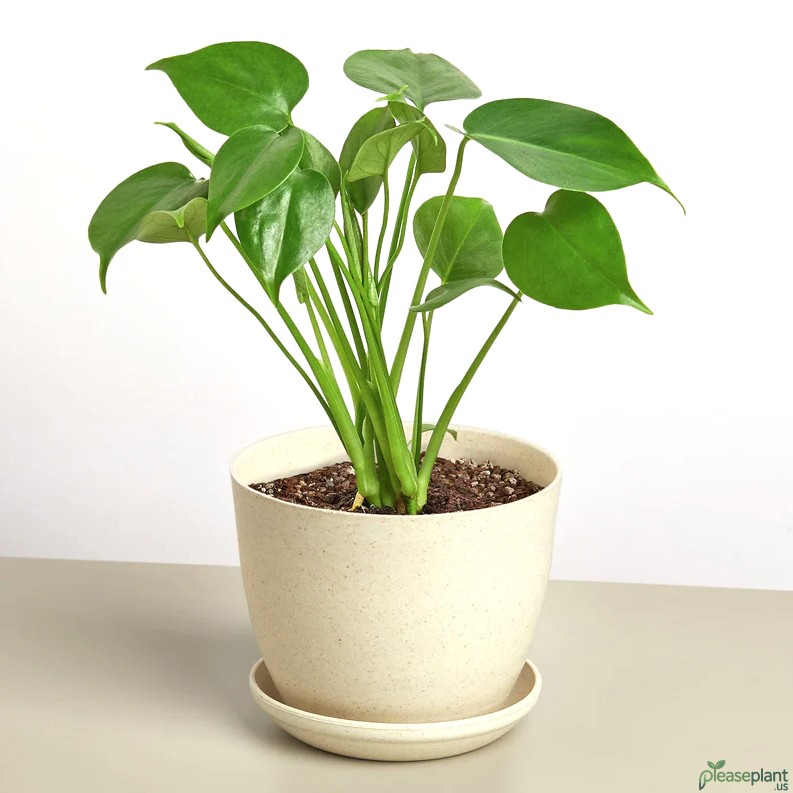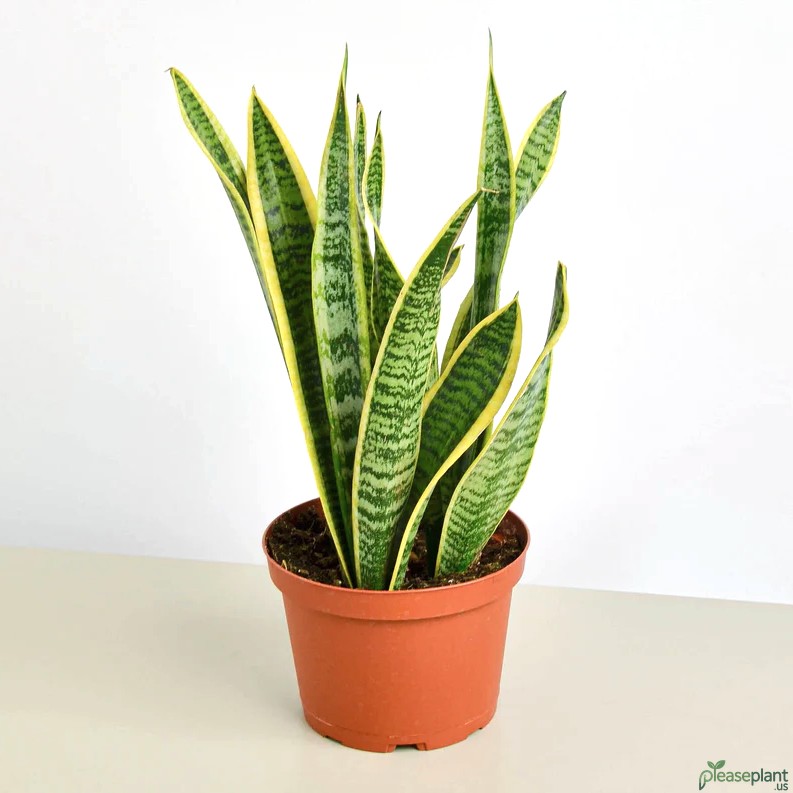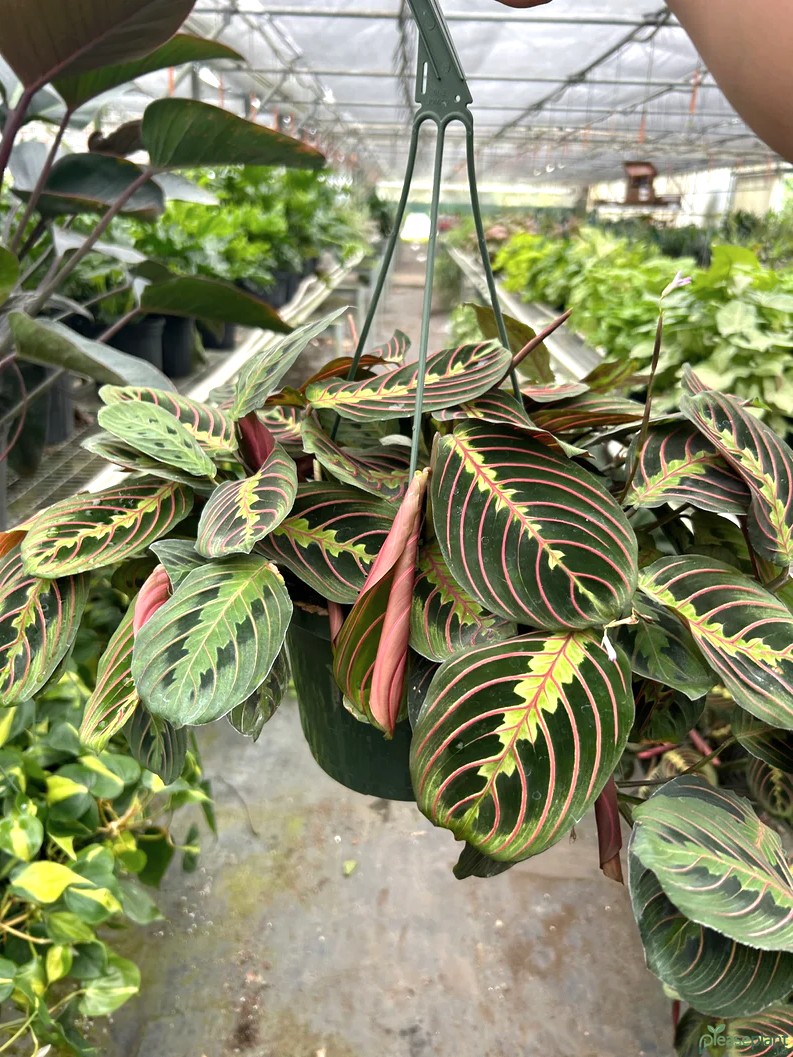Ever found yourself staring at a Mini Monstera wondering if it's a Philodendron Mini Monstera Minima or a real Monstera? You're not alone. Many plant enthusiasts get tangled in this leafy mystery, and honestly, it's a common mix-up. I've been down that green path myself, trying to figure out which is which. Let's dive into the quirks, tips, and tricks to spot these plants right, and I'll share some hands-on advice from my own little jungle at home.
Let Me Tell You About This Leafy Confusion
If you're like me, wandering through the aisles of the plant store, you’ve probably squinted at a Mini Monstera and wondered, "Is this a Philodendron Mini Monstera Minima or an actual Monstera?" The confusion is real and widespread. Both plants flaunt those iconic split leaves that scream tropical vibes, but their identities aren’t quite the same. The Mini Monstera is often mistaken for a Philodendron because of its size and delicate leaf pattern, but don’t let size fool you.
What’s the Deal With Philodendron Mini Monstera Minima?
The Philodendron Mini Monstera Minima is a sneaky little character. Smaller and more compact than its Monstera cousins, it sports leaves with fewer splits, and the texture is a tad different, almost like it’s trying to be a Monstera but not quite making the cut. It’s a fantastic plant for indoor gardening buffs looking for something manageable but still with that jungle flair. However, the naming can be misleading – it’s not a true Monstera.
How to Tell Them Apart Without Losing Your Mind
First off, look at the leaf shape closely. Monstera leaves usually have deep, dramatic cuts and holes that get bigger as the plant matures. The Philodendron Mini Monstera Minima? Its leaves tend to have smaller and less defined splits. Plus, the stems of the Philodendron are generally thinner and more vine-like, while Monstera stems are thicker and sturdier, supporting those large leaves.
Also, don’t be surprised if you find yourself second-guessing because new leaves on either species can look pretty similar. Been there, done that, got the dirt on my hands! One trick I learned is to check the plant’s aerial roots. Monsteras are pros at sending out thick, stringy roots that grab onto anything nearby, a behavior less common in the Philodendron Mini Monstera Minima.
Why Does This Confusion Matter Anyway?
Well, if you’re a plant parent, knowing the exact species helps you care for it properly. Monstera loves a bit more space and humidity, while the Philodendron Mini Monstera Minima is a little less demanding and fits neatly on a shelf or desk. overwatering-4" class="text-primary hover:underline">overwatering or underwatering either by mistake can make your leafy friend sulk or even worse, drop leaves.
My Experience With Growing These Green Fellows
I once bought what I thought was a Mini Monstera for my office. Turns out, it was a Philodendron Mini Monstera Minima. At first, I wondered why it was growing slower than expected, but after some digging, I adjusted my care routine. More indirect light, less water, and a cozy spot near the humidifier did the trick. It’s now thriving, showing off those cute little splits that had me fooled at the start.
Final Thoughts On Choosing Your Mini Monstera
If you want the dramatic look and don’t mind a bit of extra care, go for a true Monstera. But if you want something hardy, smaller, and easier to manage, the Philodendron Mini Monstera Minima is a solid choice. Just remember, the real joy is in watching these green pals grow and change, no matter their label. And hey, a few misspellings in your plant journal here and there won’t hurt anyone, right? Happy growing!

